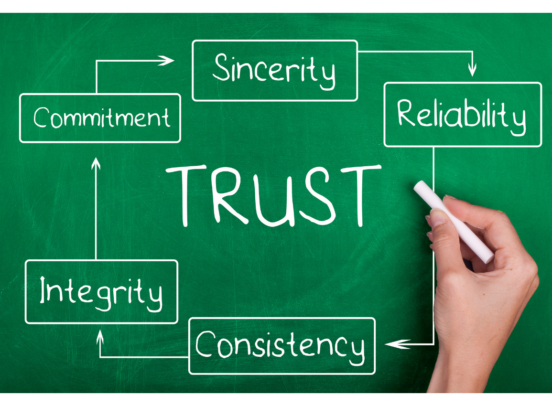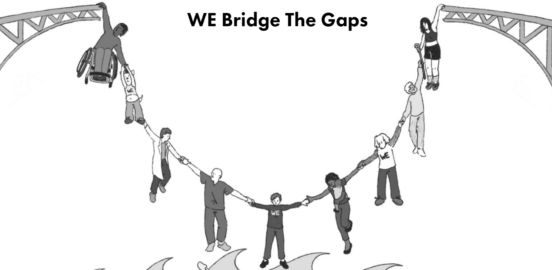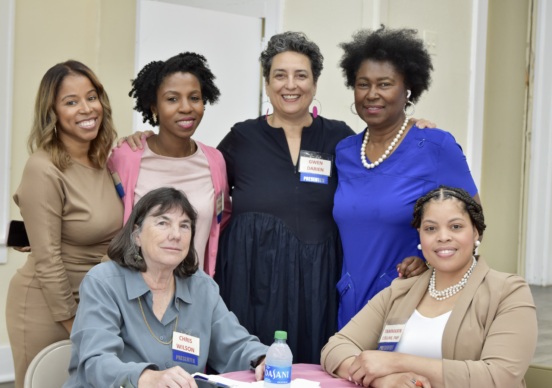Trust

Health literacy is purely a function of effective communications between patients and their providers.
By Christine Wilson
One of my first assignments when I began working for the National Patient Advocate Foundation was to attend a series of focus groups with people who had been living with HIV. The participants were almost all Black, Medicaid or Medicare recipients. Some had been diagnosed as much as 15 years before and all had a range of health problems either in addition to or caused by their HIV status. They represented the kinds of patients that might often be presumed not to be very “health literate.”
That might have been true when they were first diagnosed. They all described their shock, their fears of what HIV might mean to their lives and their families. Many talked of not knowing how to get good treatment, find a doctor who would respect them, of having no idea what resources might be available to them, or how to evaluate a hospital’s HIV treatment program. But over time and with experience, things had changed. Now these patients spoke knowledgeably and confidently about their illness, its treatment and the skills they had acquired about how to interact with the health care system and their providers. They had learned. They had become “health literate.” They had become informed advocates, ready and able to make decisions about their treatment and care.
The reality is that none of us are very “health literate” when we first sit in front of a doctor and hear that we have a serious illness. We don’t know how multiple myeloma, or multiple sclerosis is treated. We don’t speak the complex language of medicine with its drugs, procedures and lab results. We haven’t read our insurance policies or know the intricate ins and outs of benefits, co-insurance and co-pays. We really have no idea what a clinical trial is or whether we should consider enrolling in one. I can only compare to the feeling I had a number of years ago when I spent a week in Moscow. The signs were all in Cyrillic. Almost no one spoke English. It was unfamiliar, confusing, disorienting and at times, scary. Illness is very much its own foreign land.
So, what does health literacy really mean? Health literacy is one of those terms that health professionals use all the time but really means very little to patients and caregivers. Since the term health literacy was first used in 1974, it has become an all purpose bit of jargon that measures, or more accurately, purports to describe how well patients understand their condition and their treatment and care options. Are patients literate, meaning are they able to access and absorb oral and written information and use what they learn to make decisions?
Until recently, health literacy has been pretty much a one-way street–what does the patient know and understand? What is that individual capable of understanding? How does health literacy help providers deliver care? Or, more broadly, how well do people understand how the health care system works? In some instances, it has also evolved into a shield for biases and assumptions related not just to how individual patients understand their conditions, but to whether certain groups or communities are capable of becoming “health literate.” When we talk to patients who live in certain zip codes, have certain kinds of insurance, or no insurance, for whom English may be a second language, or who are just older, or poorer, they tell us that they believe their providers often use those identifiers to categorize them as being “illiterate,” or incapable of making decisions about their treatment and care.
A lot has changed since 1974. Many people with serious, once rapidly fatal illnesses are living longer and better. They have the time and opportunity to become very well-versed about the condition that is affecting their body, and their lives. Communication has changed dramatically as well. While there is still an important role for printed material, we now have apps, visual learning tools, patient portals and a slew of ways in which to make information accessible, understandable and actionable.
Perhaps even more important, we understand that communication is never a one-way street. Health care providers and systems have a responsibility to ensure that patients and care givers understand their conditions and have access to the resources that are available, rather than shifting the burden of “literacy” to the patient. That means much more than just handing someone a piece of paper with instructions. It means taking time to answer, and ask questions, and listen. Health literacy is purely a function of effective communications between patients and their providers. For each of us, as with every type of literacy, it develops over time. Health literacy grows with experience, with access to good information presented in ways that make hard, complicated, often scary things understandable and allow all of us to make true shared decisions about our care.
In our upcoming Policy Consortium, we will explore how to redefine and rethink health literacy.
We invite you to join us for this interesting and important discussion on May 12. The event is virtual and there is no charge. Click here for more information or to register.
Trust
Caregiving, Health Literacy, Needs Navigation, Trust
Caregiving, Storytelling, Trust
Equity, Policy Consortium



